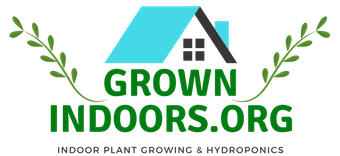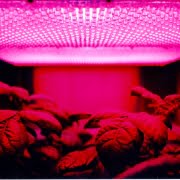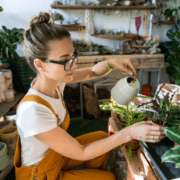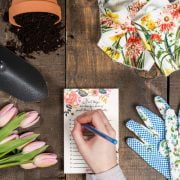Indoor gardening has become increasingly popular in recent years, as more people discover the many benefits of growing plants inside their homes. From improving air quality to providing fresh herbs and vegetables, indoor gardening offers numerous advantages. However, it also comes with its own set of challenges, such as limited space, lighting issues, and potential pest problems. In this post, we will explore the pros and cons of indoor gardening to help you decide if it’s the right choice for you.
The Benefits Of Indoor Gardening
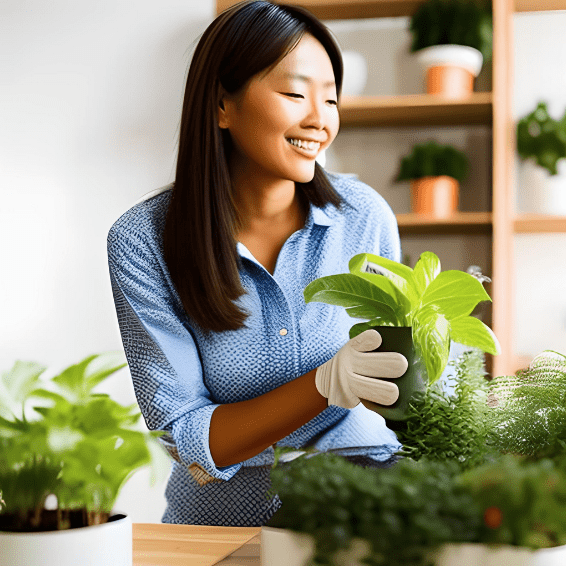 Improve Air Quality: One of the biggest benefits of indoor gardening is the improvement it can have on indoor air quality. Plants are natural air purifiers, removing toxins and pollutants from the air and releasing oxygen. Indoor plants can also increase humidity levels, which can be beneficial in dry environments or during the winter months when indoor heating can dry out the air.
Improve Air Quality: One of the biggest benefits of indoor gardening is the improvement it can have on indoor air quality. Plants are natural air purifiers, removing toxins and pollutants from the air and releasing oxygen. Indoor plants can also increase humidity levels, which can be beneficial in dry environments or during the winter months when indoor heating can dry out the air.
Additionally, specific plants like aloe vera and spider plants have been shown to effectively absorb harmful chemicals like formaldehyde and benzene commonly found in indoor environments. This can help reduce the risk of respiratory issues and promote overall health and well-being.
Improve Mental Health: In addition to improving air quality, indoor gardening can also have a positive impact on mental health. Studies have shown that spending time around plants can reduce stress and anxiety, improve mood, and promote relaxation. Caring for plants can also provide a sense of purpose and accomplishment, which can be especially beneficial for those dealing with depression or other mental health issues.
In fact, some researchers suggest that indoor gardening can even help alleviate symptoms of seasonal affective disorder (SAD), a type of depression that typically occurs during the winter months when there is less natural sunlight. Furthermore, the act of caring for plants has been found to increase levels of dopamine and serotonin, two neurotransmitters that are associated with feelings of happiness and well-being. So, incorporating indoor gardening into one’s routine can be a simple yet effective way to improve mental health.
Improve Your Diet: Indoor gardening can also be a great way to improve your diet. Growing your own herbs, fruits, and vegetables can ensure that you have access to fresh, healthy produce year-round. This can be especially beneficial for those living in urban areas or areas with limited access to fresh produce.
In addition to providing fresh produce, indoor gardening can also allow for more control over the growing process, such as using organic methods and avoiding harmful pesticides. It can also be a cost-effective way to incorporate more nutritious foods into your diet, as purchasing fresh produce from the grocery store can be expensive. Furthermore, growing your own produce can even be a way to get family members and children interested in healthy eating habits.
Fun and Creative Hobby: Another benefit of indoor gardening is that it can be a fun and creative hobby. There are countless plants to choose from, and experimenting with different types of plants and growing techniques can be both challenging and rewarding. Plus, watching your plants grow and thrive can be incredibly satisfying.
Additionally, indoor gardening can also be a great way to express your creativity. You can personalize your space with unique plant arrangements and DIY planters. Moreover, you can even repurpose household items such as mason jars, coffee cans, and wine bottles to create eye-catching plant displays. Let your imagination run wild and turn your indoor garden into a reflection of your personal style.
Helps Connect With Others: Finally, indoor gardening can be a great way to connect with others. Joining a gardening club or attending gardening workshops can provide opportunities to meet new people and share knowledge and tips with others who share your interests.
You can also participate in online gardening communities and forums to connect with fellow indoor gardeners from around the world. Additionally, hosting a plant swap or inviting friends over to admire your plants can be a fun way to socialize and bond over a shared passion for gardening.
The Cons Of Indoor Gardening
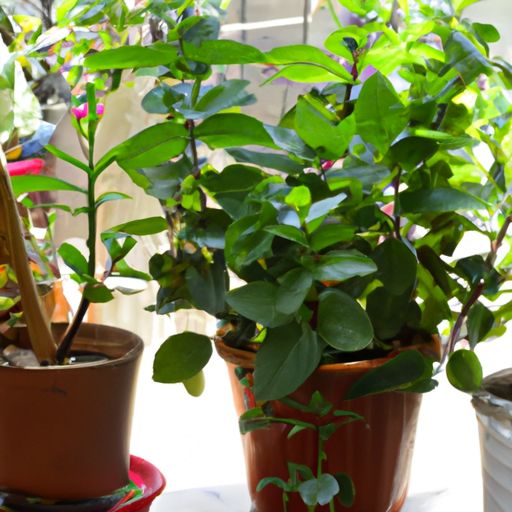 While there are certainly many benefits to indoor gardening, there are also some negative aspects to consider. Here are five potential cons of indoor gardening:
While there are certainly many benefits to indoor gardening, there are also some negative aspects to consider. Here are five potential cons of indoor gardening:
Limited Space: Indoor gardening can be limited by the amount of space available. Not everyone has a large home or apartment with ample room for plants, and even those who do may find that they quickly run out of space as they add more plants to their collection. This can be frustrating for those who are passionate about gardening and want to grow as many plants as possible.
Limited space can also limit the types of plants that can be grown indoors. Larger plants such as fruit trees or vines may not be suitable for small spaces, and plants that require a lot of room to spread out their roots may struggle in small pots. Additionally, limited space can make it difficult to provide adequate lighting and ventilation for plants, which can also impact their growth and health. However, there are a variety of creative solutions for indoor gardening in small spaces, such as utilizing vertical space, choosing compact or dwarf varieties of plants, and using hanging planters or shelves.
Lighting Requirements: Plants need a certain amount of light to thrive, and indoor gardening can be challenging in this regard. Depending on the type of plant, you may need to invest in specialized lighting equipment to ensure your plants get the light they need. This can be expensive and time-consuming, and may not be feasible for everyone.
It is important to note that different plants have different lighting requirements. Some plants, such as succulents and cacti, require a lot of direct sunlight, while others, like ferns and snake plants, can tolerate low to medium light conditions. Additionally, the duration of light exposure is also important. Some plants require long hours of sunlight, while others can thrive with just a few hours a day. Proper research and understanding of your plant’s specific lighting needs can help you provide the best environment for their growth.
Maintenance: Indoor gardening requires regular maintenance, including watering, fertilizing, and pruning. For those with busy schedules or limited time, this can be a challenge. Neglecting your plants can result in stunted growth or even death, which can be disheartening for those who are passionate about their gardening projects.
In addition to watering, fertilizing, and pruning, indoor plants may also require regular dusting and pest control which we will talk about next. It’s important to monitor the plants for any signs of disease or infestation and take immediate action to prevent spreading. Some plants may also need to be rotated to ensure even growth and exposure to sunlight. Choosing low-maintenance plants or investing in automated systems can also help reduce the time and effort required for upkeep.
Pest Problems: Indoor plants are not immune to pests, and infestations can be difficult to deal with. Common pests include spider mites, whiteflies, and mealybugs, and getting rid of them can be a time-consuming and frustrating process. In some cases, it may be necessary to use chemical pesticides, which can be harmful to both humans and pets.
As mentioned in our previous con, it’s important to regularly inspect your indoor plants for signs of pest infestations, such as yellowing leaves, sticky residue, or tiny webs. Prevention is key, so consider isolating new plants for a few weeks before adding them to your collection and avoiding over-watering, which can attract pests. Non-toxic remedies like neem oil and insecticidal soap can be effective for controlling some pests, but be sure to follow instructions carefully. For severe infestations, consider seeking professional help or removing the affected plant to prevent the spread of pests to other plants.
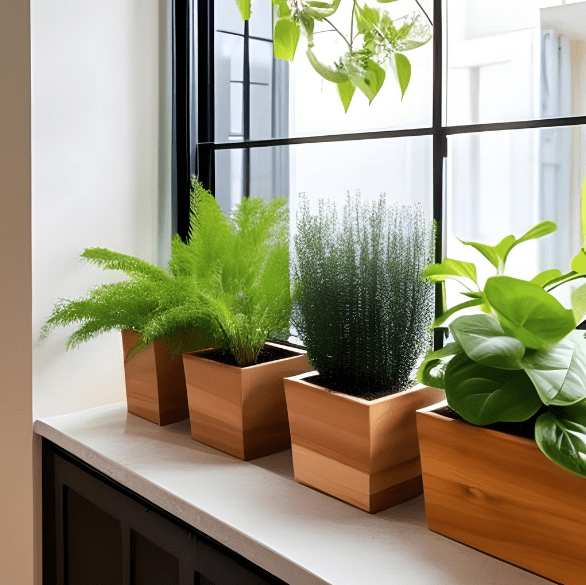 Cost: While indoor gardening can be a rewarding hobby, it can also be expensive. In addition to the cost of plants and equipment, there may be additional expenses such as electricity bills for lighting equipment, water bills for watering your plants, and the cost of soil and fertilizer. This can add up quickly, and may not be feasible for those on a tight budget.
Cost: While indoor gardening can be a rewarding hobby, it can also be expensive. In addition to the cost of plants and equipment, there may be additional expenses such as electricity bills for lighting equipment, water bills for watering your plants, and the cost of soil and fertilizer. This can add up quickly, and may not be feasible for those on a tight budget.
Other factors that can contribute to the cost of indoor gardening include the type of plants you choose to grow, as some may require specialized equipment or care. Additionally, the cost of maintenance and replacement of equipment, such as grow lights or hydroponic systems, should also be taken into consideration. It’s important to do research and create a budget before starting an indoor garden to ensure it’s a feasible and sustainable hobby for you.
How To Start Gardening Indoors Today
To get started with indoor gardening, there are a few key steps to consider:
1. Determine the type of plants you’d like to grow. Consider factors such as lighting, temperature, and humidity requirements. Popular indoor plants include herbs like basil and parsley, leafy greens like lettuce and spinach, and even flowering plants like orchids and African violets.
2. Gather the necessary supplies. You’ll need containers that provide proper drainage, potting soil that is suitable for indoor plants, and a watering can or spray bottle. Additionally, consider investing in grow lights or placing your plants near a sunny window to ensure they receive sufficient light.
3. Once you have your supplies ready, it’s time to start planting. Begin by filling your containers with the appropriate potting soil and then sow your seeds or transplant your seedlings. Be sure to follow the specific instructions for each plant regarding planting depth and spacing.
4. Establish a regular watering and maintenance routine. Indoor plants typically require less water than outdoor plants, so be mindful not to overwater. Monitor the humidity levels in your home and consider using a humidifier or placing a tray of water near your plants to create a suitable environment.
Final Thoughts About Indoor Gardening
Overall, indoor gardening has numerous health and wellness benefits, making it a great hobby to pursue. Whether you’re looking to improve air quality, reduce stress, improve your diet, or simply enjoy a fun and creative hobby, indoor gardening is definitely worth considering. However, it’s important to consider the potential cons before diving in, and to be prepared for the challenges that may arise. With a little bit of planning and care, indoor gardening can bring beauty and natural elements into your home. So go ahead, get your hands dirty, and enjoy the therapeutic benefits of nurturing your own indoor garden.
